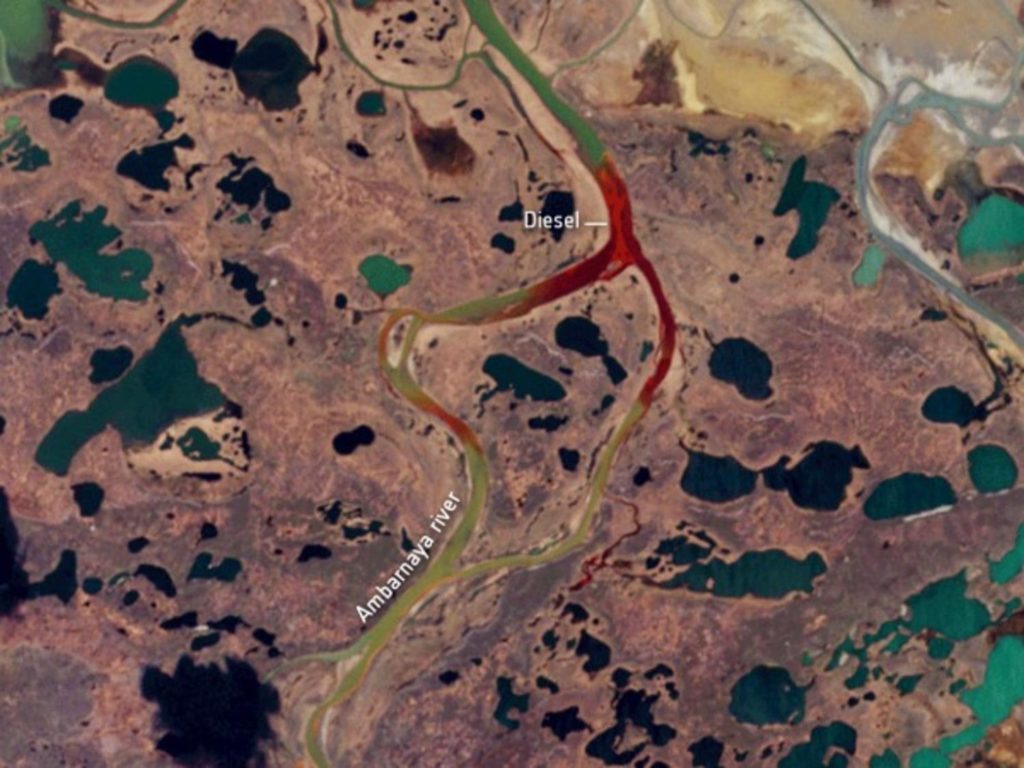A major oil spill in Russia that affected the Arctic Circle was spotted from space by two European Space Agency (ESA) satellites. Although Russian officials have already confirmed that the spill has stopped, the incident prompted the country’s government to declare a state of emergency.
The incident started on May 29 after the collapse of a power station tank in the city of Norilsk in Siberia. The accident caused an environmental leak of 20,000 tonnes of diesel fuel into a river in the Arctic Circle.

ESA was able to monitor the incident from space with its Copernicus Sentinel-2 mission, according to Space.com. The mission, which includes the twin Sentinel-2A and Sentinel-2B satellites, had two separate launches in 2015 and 2017. The objective of the mission is to study the Earth by taking photos in orbit.
Using the Copernicus Sentinel-2 satellites, ESA was able to identify the areas affected by the oil spill. As the images obtained by the agency show, the red oil flows into the Ambarnaya river before spilling into Pyasino lake.
Interesting Find – America Riots – Why People are protesting
In total, the oil spill contaminated a huge area of 135 square miles. It was considered the worst oil spill ever recorded in the Arctic region.
In response to this incident, Russian President Vladimir Putin has declared a state of emergency. He also criticized the energy planet known as NTEK, which is a subsidiary of Norilsk Nickel,. For the delay in informing the government of the incident.
“Why didn’t government agencies find out until two days after the fact?” Putin said during a videoconference. “Are we going to learn about emergencies through social media? Are you healthy enough there? Putin asked NTEK chief Sergei Lipin to dress in unusual clothes.”
Almost a week after the incident, Russian officials confirmed that the oil spill had been stopped and contained. On June 5, the Russian Emergency Ministry confirmed that it had already removed 200 tonnes of fuel from the affected area.
“We have stopped the spread of petroleum products,” said a ministry spokesman. “They’re contained in all directions, they’re not going anywhere now.”















